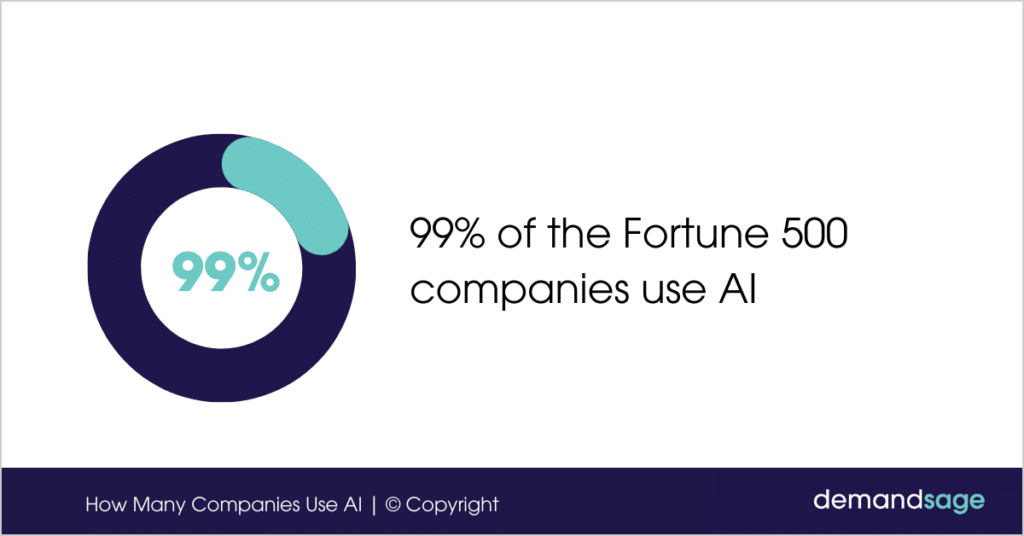Artificial intelligence is transforming enterprise operations—accelerating decisions, automating processes, and personalizing experiences. But as AI becomes more powerful, the need for responsible and ethical deployment becomes critical. In 2025, companies can no longer afford to overlook the ethical implications of their AI systems.
This guide outlines everything companies need to know about ethical AI in enterprise environments, from the principles that guide it to the frameworks, tools, and regulations shaping its future.
Introduction to Ethical AI in Business
Ethical AI refers to the practice of designing, developing, and deploying AI systems in a way that aligns with societal values, laws, and human rights. As enterprise adoption grows across industries—from banking to healthcare to HR—the potential for unintended harm or bias increases without proper oversight.
AI ethics is no longer a theoretical discussion—it’s a business imperative.
Why Ethical AI Matters in the Enterprise World
Enterprises that fail to consider ethics in AI risk:
- Loss of public trust
- Legal consequences under global regulations
- Reputational damage from biased or discriminatory systems
But those who prioritize ethical AI benefit from:
- Stronger stakeholder confidence
- Greater customer loyalty
- Future-proof compliance readiness
Principles of Ethical AI
| Principle | Description |
|---|---|
| Fairness | Avoiding discrimination and ensuring equitable outcomes |
| Transparency | Making AI decisions understandable and open to scrutiny |
| Accountability | Assigning responsibility for AI system actions and outputs |
| Privacy | Respecting user data rights and obtaining informed consent |
These pillars guide ethical decision-making across all enterprise AI initiatives.
Common Ethical Risks in Enterprise AI Systems
- Bias in Algorithms: Models trained on historical or imbalanced data may reinforce inequality.
- Lack of Explainability: Black-box models can’t justify decisions to regulators or users.
- Data Misuse: Poor handling of personal data can lead to privacy breaches.
- Automation Without Oversight: Unchecked systems may make harmful or irreversible decisions.
Real-World Examples of Ethical Failures in AI
- Facial Recognition Bans: Several U.S. cities banned the use of facial recognition in public spaces due to racial bias.
- Hiring Algorithm Bias: A major e-commerce firm scrapped an AI recruitment tool that penalized resumes from women.
- AI Credit Scoring: Algorithms denied loans based on ZIP codes, unfairly targeting minorities.
These incidents illustrate the business, legal, and social risks of ignoring ethics in AI deployment.
Regulatory Landscape for AI in 2025
| Region | Regulation | Focus Areas |
|---|---|---|
| European Union | EU AI Act | Risk-based AI regulation, transparency, bias |
| United States | Algorithmic Accountability Act (proposed) | AI audits, public disclosures |
| Global Trends | OECD AI Principles, ISO/IEC standards | Global frameworks for AI ethics and governance |
Companies operating across regions must prepare for multi-jurisdictional compliance.
How to Build Ethical AI Frameworks in Your Organization
- Define Core Ethical Principles aligned with business values and regulations
- Set Up Governance Structures such as AI ethics boards or steering committees
- Incorporate Ethics in Development Lifecycle—from data sourcing to model monitoring
- Document AI Decisions and Data Pipelines for auditability and transparency
Implementing Fairness and Bias Audits
Bias is often unintentional—but preventable.
Steps to Reduce Bias:
- Use diverse datasets and test for representativeness
- Run fairness audits using tools like Fairlearn or Aequitas
- Regularly retrain models as data and social norms evolve
Tip: Document audit results and remediation steps as part of your compliance protocol.
Role of Explainable AI (XAI) in Ethical Practices
Explainable AI helps users understand why a model made a specific decision.
- Increases user trust and adoption
- Aids regulatory compliance (especially in finance and healthcare)
- Helps debug and improve models over time
Tools for XAI:
- SHAP (SHapley Additive exPlanations)
- LIME (Local Interpretable Model-Agnostic Explanations)
- IBM Watson OpenScale
Data Privacy and Consent in AI Applications
AI relies on data—and enterprises must ensure they’re handling it ethically.
- Comply with regulations like GDPR, CCPA, and HIPAA
- Obtain explicit, informed consent before data collection
- Implement data minimization to only collect what is necessary
- Use differential privacy and anonymization techniques where possible
Collaboration Between Data Teams, Legal, and Ethics Units
Responsible AI requires a cross-functional approach.
- Data scientists ensure model fairness and robustness
- Legal teams interpret regulatory obligations
- Ethics advisors ensure alignment with company values
- HR and training units prepare staff to manage AI responsibly
Tools Supporting Ethical AI Deployment
| Tool | Function |
|---|---|
| Google PAIR | Human-centered design for AI tools |
| IBM Watson OpenScale | Bias detection, explainability, governance |
| Fiddler AI | Model monitoring and fairness tracking |
| Arthur AI | Post-deployment model performance auditing |
These platforms help large organizations manage AI risks proactively.
Measuring Ethical AI Impact
| KPI | What It Measures |
|---|---|
| Bias Reduction Score | Changes in model fairness over time |
| Explainability Index | % of models with documented rationales |
| Audit Readiness Level | System preparedness for external review |
| Ethical Incident Frequency | Rate of flagged issues or complaints |
| Consent Compliance Rate | % of data subjects with valid consent records |
Conclusion
AI has the power to transform business—but only when used responsibly. Ethical AI in enterprise isn’t just about avoiding lawsuits—it’s about building better systems, fostering trust, and creating long-term value.
As AI becomes embedded into every layer of business operations, companies must evolve from AI adoption to AI accountability. Those who lead with ethics will lead the market.


